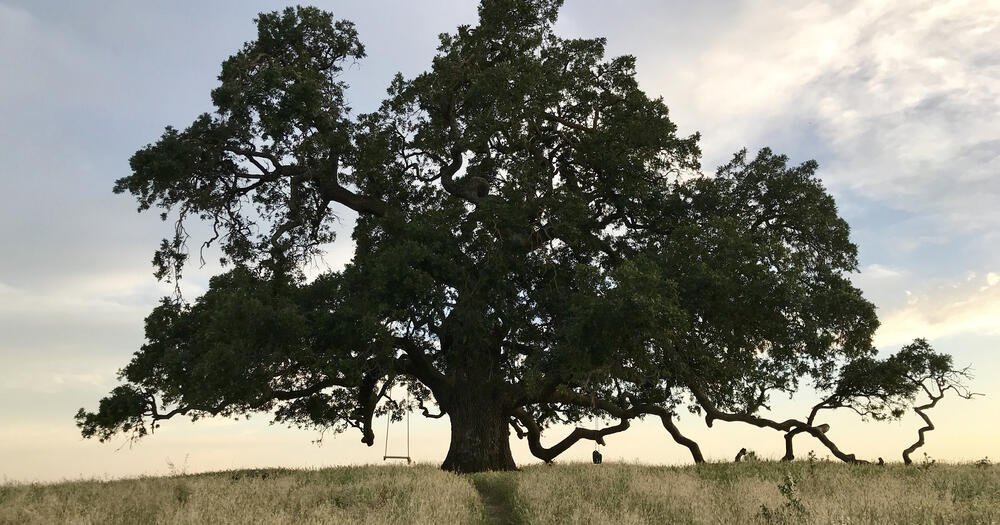
Valley Oak
Valley Oak (Quercus lobata):
General information:
Valley Oak is the largest North American oak, and its range is in hot valleys all throughout California’s water table. Valley Oaks grow rapidly, as it can grow 20 feet within 5 years, 40 feet in 10 years, and 60 feet in 20 years! The Valley Oak also lives a long time, as most mature trees can live up to 600 years. The tree’s acorns fall during October, thus providing food for a variety of animals such as: birds, and squirrels. In addition, Valley Oaks are extremely fire resistant! Valley Oak trees can tolerate cool, wet winters and hot, dry summers, however, the tree does require abundant water access. Lastly, Valley Oaks can be found in the following habitats: dense riparian forests, valley savannas, and open foothill woodlands.
Appearance:
Its bark resembles an alligator hide, as it possesses deep ridges. The branches of Valley Oak trees are irregular, and arching, thus giving them the leafless silhouette. During the Fall, the leaves turn a yellow-orange color that becomes brown in late Fall. Its leaves are 5-10 cm in length, and are round and lobed. Each leaf is matte green, with a pale green underside and the leaves fuzzy with a velvety feeling.
Plant growth, season, and dormancy:
Valley Oak grows at a moderate to rapid rate. Its flowering seasons are Spring and Winter. It can grow 60 ft-100 ft tall, and 50 ft wide.
Landscaping information:
Valley Oak is a full sun tree, and requires moderate to low water. Once it is established, it requires twice a month summer irrigation. It requires medium draining soil, and it is relatively easy to care for. It also prefers deep soil, and needs a p.H. level of 6.0-8.0.
How to use:
This plant is typically used as deer resistant cover due to the deer being dissuaded by the plant's thorns.
Pollinators helped:
-Birds
-Caterpillars
-Bees
-Small mammals






